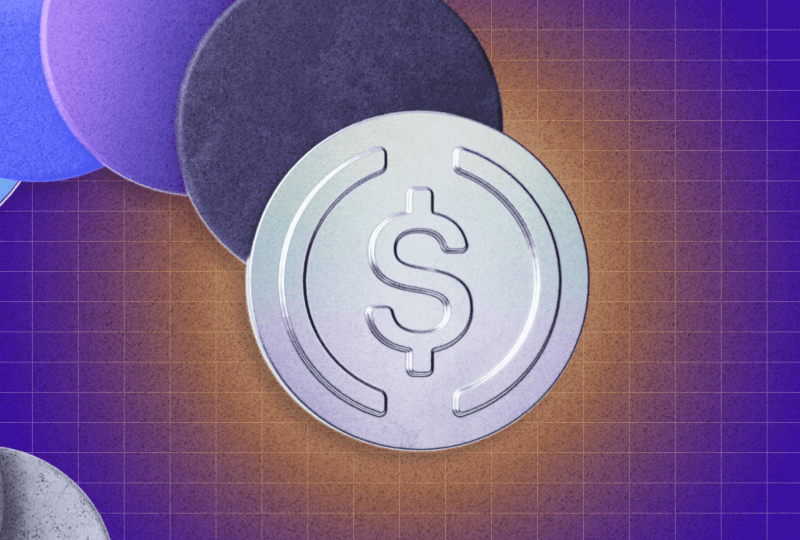Circle Stablecoins Are The First to Get an EMI License in Europe
Jul 03, 2024

The regulation circle is getting tighter on cryptocurrencies and coin issuers, and the recently enforced Markets in Crypto Assets law has seen some stablecoins delisted from European exchanges.
Financial regulators in the EU are seeking ways to promote digital assets most safely without eliminating their advantages or compromising user security. Stablecoins caught the eye of lawmakers with their increasing role in businesses, financing and individual and institutional transactions.
Despite being described as safe cryptocurrencies, stablecoins are now subject to strict frameworks. Circle stablecoins have become the first to comply with the new MiCA regulation.
What does it mean for the overall market? How about other stablecoins?
Understanding The New EU MiCA Law?
In 2022, the EU Economic and Monetary Affairs Committee agreed to create the MiCA regulation as a framework for issuing, holding, and transacting digital assets and blockchain-based currencies.
The law came into force in 2023, and numerous regulatory packages were included to protect investors’ capital and the public interest.
These regulations became crucial in light of the increasing adoption of stablecoin among businesses as an alternative to fiat currencies. Unlike classic cryptocurrencies such as Bitcoin and Ethereum, stablecoins preserve value against market volatility.
The stablecoin regulations were deemed vital, especially after the LUNA crash and the risky pegging ratios that some developers follow.
The recent package came into force on 30 June 2024, requiring a 1:1 pegging mechanism, liquid reserves, and auditing from the European Banking Authority to EU and non-EU operators serving EU users.
The new EU MiCA law also restricts coin issuers from having over $1 million in daily transactions for on-chain and off-chain operations. It also requires getting an Electronic Money Institution license to become a legal operator in Europe.
How Does it Affect Circle Stablecoins?
Circle is the company behind USDC and EURC, two popular stablecoins that use fiat currency reserves to maintain their values. However, the recent regulations troubled the Circle stablecoin issuer because EURC got delisted from European exchange platforms and other Euro-based stablecoins.
However, on 1 July, Circle acquired an EMI license, allowing the company to issue and operate its Euro-pegged stablecoins in Europe. This adoption significantly boosted EURC to become the safest stablecoin with EU-approved financial backings and pegging mechanisms.
The company can now legally serve the 27-nation bloc, spanning over $450 million users.
What About Tether?
These changes have affected Tether’s Euro-pegged stablecoin, EURT, which was delisted from major exchanges like Binance, Kraken, Bitstamp, and OKX.
Tether is a firm competitor of Circle. The company stands behind USDT, the first stablecoin and the third-largest cryptocurrency in market capitalization.
The company expressed its concerns about the “problematic requirements” put by EU lawmakers. However, Tether said it is working with its European partners to meet those conditions and get its permits soon, as the company believes these rules will nurture a better environment for businesses and users.
Conclusion
Circle stablecoins are now regulated in Europe after the company acquired the EMI license, which allows it to issue EURC in Europe as a means of payment.
The recent regulations were enforced on 30 June, putting stricter frameworks in place and closely monitoring the pegging mechanism and reserves. This law benefits users by ensuring the safety of their funds and promoting safe digital assets, eventually benefiting coin issuers.




